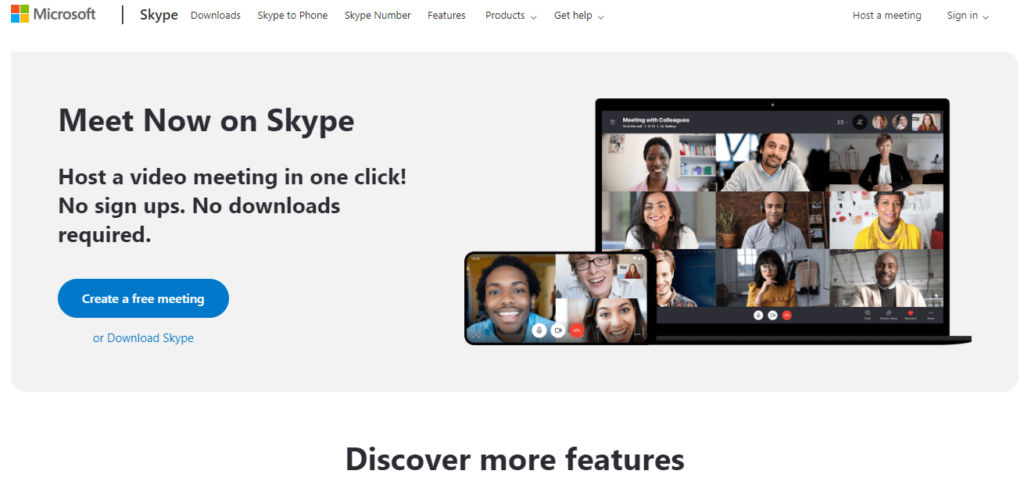

But there were two powerful social elements. There were cost blockers - video calls were significantly more expensive than voice calls. There were technical blockers - without decent 3G coverage, people's first call would be a horrible experience and probably put them off. But, really, it was to show them the awesome coolness of being able to make and receive video calls. The call was, ostensibly, to ask them how they were enjoying their new phone. So here was the plan - within 24 hours of buying and activating their new phone, each customer should receive a video call from customer service. That's hard to do when you're the only one of your social circle with a Video Phone. The project we were working on was to incentivise customers to make video calls. The idea of video calls on the go was basically science-fiction brought to life. Skype didn't have video calls on the desktop until a few years later. You've got to remember that video calling wasn't even in its infancy - it basically didn't exist for customers. It led to an explosion of profitable ideas - Ringtones! Games! Premium SMS! Adult video clips! - but I want to talk about something which didn't make quite the same impact. As "exciting" new phones were launched, teams were desperately trying to recoup that spending. I started working for Vodafone in the early 2000s, just about the time they paid billions for their 3G licences.


 0 kommentar(er)
0 kommentar(er)
